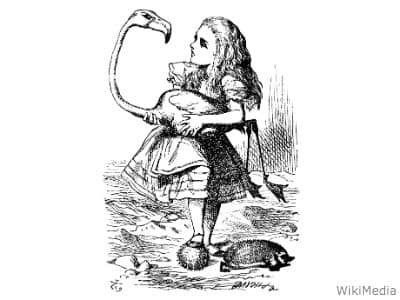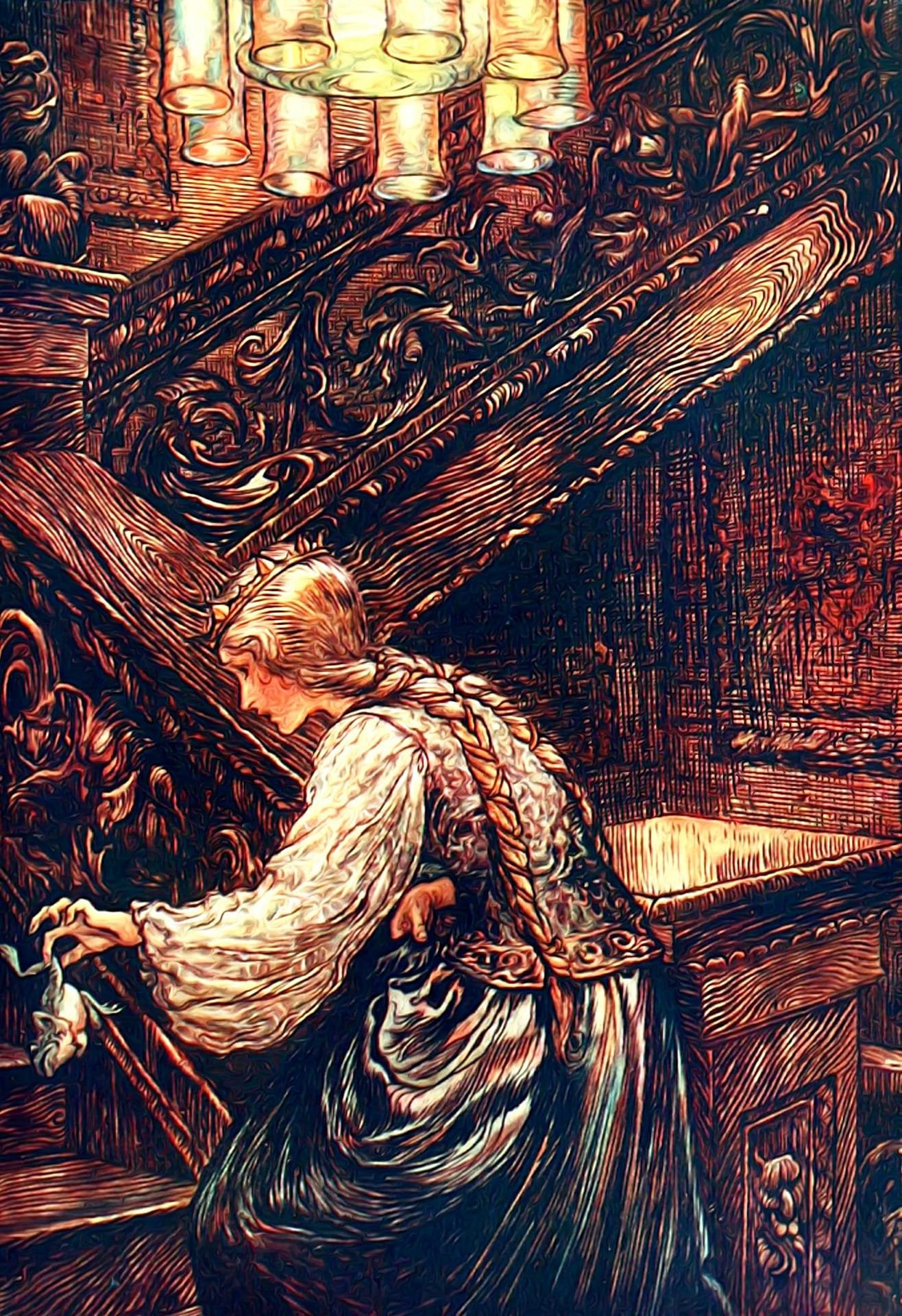
Carroll, actually named Charles Lutwidge Dodgson, was actually given his pen name by an early editor – he chose it from 4 options Dodgson offered. Originally told as a story to his three children – coincidentally, the middle of which was named Alice – on a rowing expedition, the tale of Alice includes fantasy, folly, felines, and funny situations that all drive Alice into a frenzy. Alice was a little girl who tired of her lessons (and life) and went looking for adventure.
The children loved the story, and its namesake asked for it to be written down, presumably so it could be enjoyed again and again. Six months, and several updates later, the full manuscript was published as it is beloved to this day. In fact, one of the first readers of the published work was Queen Victoria, a widely-known avid reader and fan of the book.
When Alice chases a white rabbit carrying a pocket watch, takes life advice from a giant caterpillar, questions the meaning of riddles by a “mad” party host, and is challenged to the most unique form of a life-or-death duel ever known – a crooked game of croquet – she awakens from a dream to ponder the curious experiences and the disparity between logic and morals.
The adaptation by The Walt Disney Company, of course, is the primary version of the story the vast majority of the population recalls. This film addressed certain subjects, common to literary works aimed at children for educational purposes, including gender roles, drug use, and moral controversies, forcing these issues into the spotlight upon release.
Alice’s role as a feminist and central heroic figure challenged social norms – and consider the societal impact of that statement 150 years ago! With Alice’s challenging of the Queen of Hearts’ authority, the white rabbit’s logic and journey direction, the Mad Hatter’s life riddles, what results is a young woman that is seen as rejecting of that which she is expected but embracing her own mind and morality.
It wasn’t until the centennial of the publication that the concept of hallucinogenic drugs was addressed, in regards to the work. Granted, this was 1965, a time that counter-culturists embraced, and many “re-interpretations” of the tale were offered from those who were influenced by an altered state of mind.
The novel was so well-received that Carroll wrote a sequel, set six months after the first work. Alice re-enters a fantastical world, though this time by climbing through a mirror through which she sees a world beyond. The ending of this sequel again addresses questions around the meaning of life, including whether Alice’s experiences were her own dream, or in fact a figment of the imagination of a character within her dream, therefore questioning her own existence – quite a philosophical viewpoint to address in a children’s tale.
Ultimately, Alice’s Adventures in Wonderland remains a fantastical folly of literary nonsense, peculiarity, and hilarity, even after 150 years. Can Harry Potter do that? Only time will tell!

